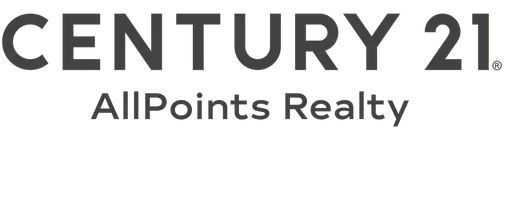Understanding the True Cost of Homeownership Before You Close

If you're planning to buy a home, you're probably already thinking about your monthly mortgage payment. But before you get the keys, there are several upfront costs you'll need to be ready for. Some are expected, like your down payment, but others often catch first-time buyers off guard.
Let’s break down the most common costs covered when purchasing a home, so you know exactly what to expect at the closing table.
1. Down Payment
This is the biggest upfront cost for most buyers. The down payment is a percentage of the purchase price that you pay out of pocket.
-
Conventional loans typically require 5%–20% down.
-
FHA loans can go as low as 3.5%.
-
VA and USDA loans may offer 0% down if you qualify.
Keep in mind, the more you put down, the lower your monthly mortgage payment will be—and the less you’ll pay in interest over time.
2. Closing Costs
Closing costs are fees paid at the end of the transaction when the home officially becomes yours. These vary depending on your loan, location, and purchase price, but generally range from 2% to 5% of the home’s purchase price.
Typical closing costs include:
✅ Loan origination fee
✅ Appraisal fee
✅ Credit report fee
✅ Survey fee (if needed)
✅ Recording fees
✅ Lender’s title insurance
✅ Escrow fees
3. Private Mortgage Insurance (PMI)
If your down payment is less than 20%, most lenders require PMI. This protects the lender in case you default on your loan.
-
PMI typically costs 0.3%–1.5% of the loan amount per year.
-
It’s usually added to your monthly mortgage payment.
Good news? You can cancel PMI once you’ve built enough equity in your home, usually when you reach 20% ownership.
4. Homeowners Insurance
You’ll need to show proof of insurance before closing. Your lender wants to make sure the home is protected in case of fire, storm damage, or theft.
-
Annual premiums vary, and will depend on a variety of factors; such as, how much you're insuring the dwelling for, the home buyers credit score, age of the roof, whether the home is eligible for a wind mitigation credit, and several other factors.
-
You’ll usually pay the first year upfront at closing.
Make sure to shop around and compare coverage and pricing.
5. Escrow Account
Your lender may set up an escrow account to collect and pay your property taxes and homeowners insurance. This helps make sure those big annual bills are paid on time.
Each month, a portion of your mortgage payment goes into the escrow account. At closing, you’ll likely need to pre-pay a few months’ worth of taxes and insurance to start the account off.
6. Lender’s Title Insurance Policy
This is different from the owner’s title policy (which protects you). The lender’s title insurance protects your mortgage lender in case someone challenges your ownership of the home due to past title issues.
-
Cost vary depending on the home’s price and location.
-
This is a one-time fee paid at closing and is required for most loans.
7. What’s Not Covered?
While all these fees are part of the buying process, some things aren’t included and should be budgeted separately, like:
-
-
Moving expenses
-
Utility deposits
-
New furniture or appliances
-
Repairs not covered by the seller
Buying a home is one of the biggest financial decisions you’ll make, and it’s important to understand all the costs involved. The more prepared you are, the more confident you'll feel when it's time to close.
If you're thinking about buying, I’m here to walk you through every step and help connect you with trusted local lenders who can break down your exact numbers. Let’s make this exciting move a smooth one!
-
Categories
- All Blogs 342
- 55+ Communities 9
- Boating Communities 9
- First Time Home Buyer 112
- Florida Lifestyle 67
- Foreclosures 2
- Fun Things to do in Lee County, Florida 37
- Golf Communities 23
- Home Buyer Tips 127
- Home Seller Tips 103
- Homeowner Tips 61
- Mortgage Tips 38
- Neighborhoods 63
- Schools 3
- Title & Escrow 3
- Title Insurance 4
Recent Posts
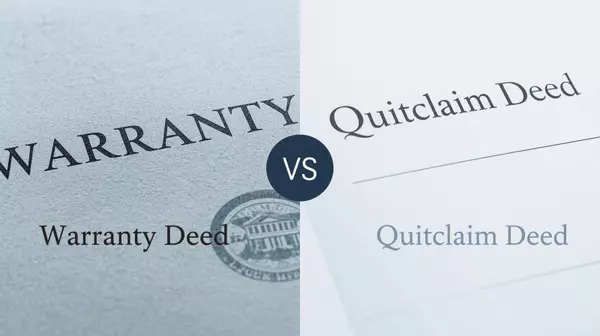
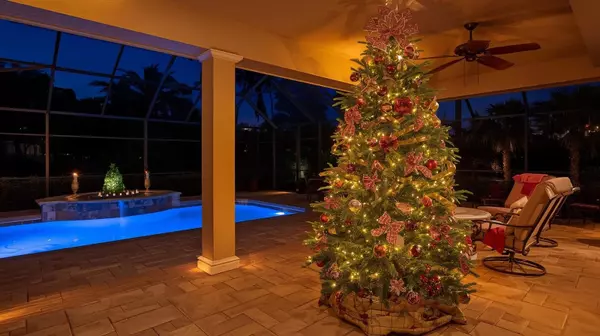
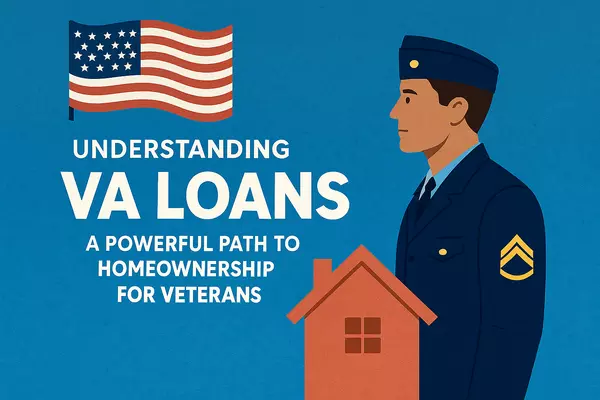
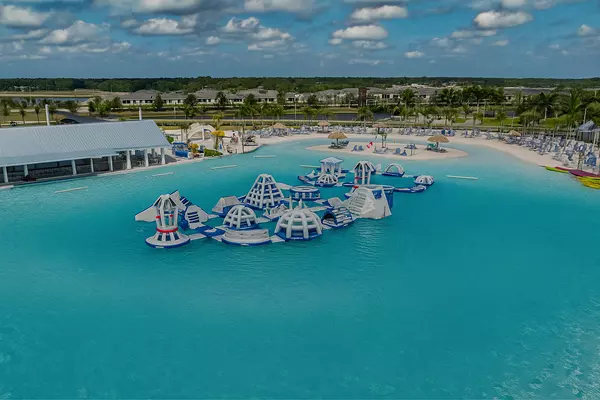
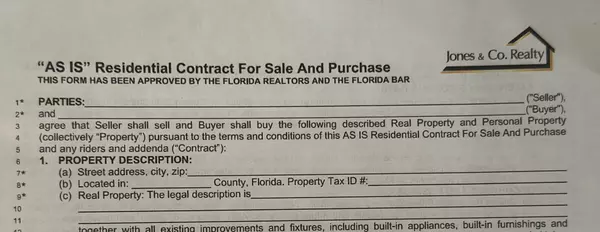

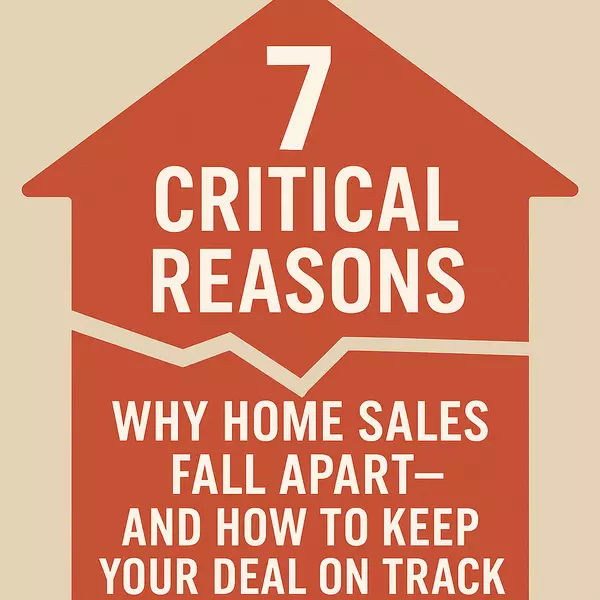
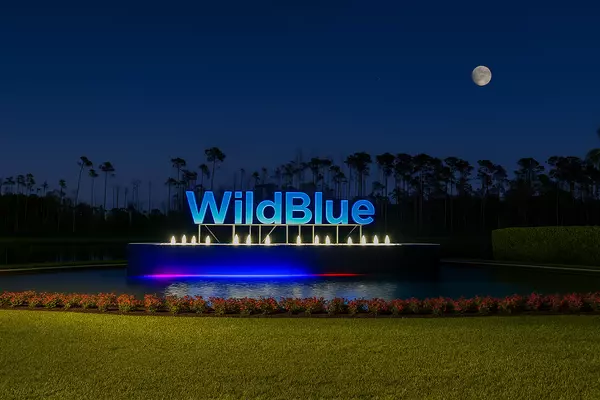
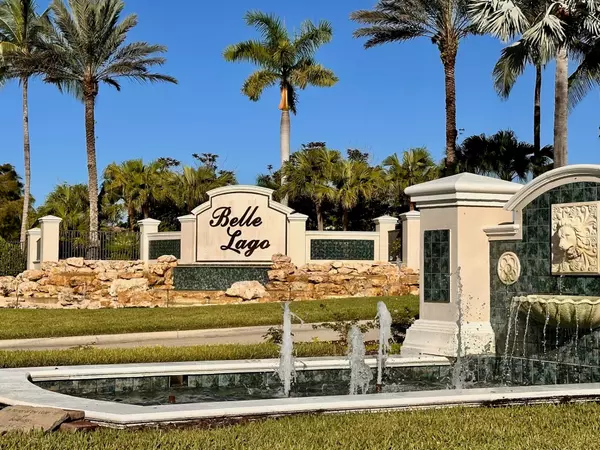
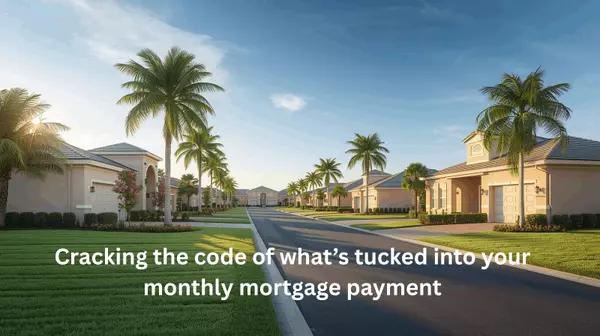
GET MORE INFORMATION

Billee Silva, PA, ABR SRS
Licensed Realtor | License ID: P3275278
Licensed Realtor License ID: P3275278
